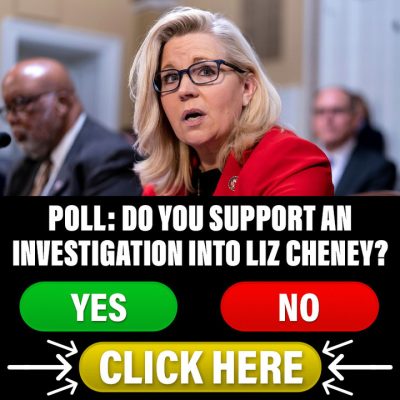Politics
Supreme Court Deals Massive Blow To Biden’s Green Agenda
The Supreme Court has delivered a significant blow to the Biden administration’s environmental initiatives by ruling against the Environmental Protection Agency’s (EPA) efforts to enforce stricter air quality controls across several states.
At the heart of the contention was the EPA’s “good neighbor” rule, aimed at managing ozone pollution that crosses state lines. The plan, originally designed to apply to 23 states, intended to establish stringent controls to mitigate the effects of ozone pollution—a move that has now hit a judicial roadblock.
Justice Neil Gorsuch, representing the majority, penned a critical opinion that effectively pauses the EPA’s ambitious regulatory framework, which sought to unify disparate state-level approaches to air quality management under a singular federal plan. The Court’s decision, split 5-4, saw Justices Clarence Thomas, Brett Kavanaugh, John Roberts, and Samuel Alito siding with Gorsuch.
The justices in dissent, Amy Coney Barrett, Sonia Sotomayor, Ketanji Brown Jackson, and Elana Kagan, represented a bloc concerned with the environmental and health ramifications of unchecked state-level air pollution policies.
“EPA’s plan rested on an assumption that all the upwind States would adopt emissions-reduction measures up to a uniform level of costs to the point of diminishing returns,” the ruling stated. “Commenters posed their concerns that if upwind States fell out of the planned FIP, the point at which emissions-control measures maximize cost-effective downwind air-quality improvements might shift.”
(STAY INFORMED! Download the FREE Trending Politics app before debate night)
The EPA’s strategy, under Administrator Michael Regan, aimed to leverage the Clean Air Act to combat air pollution more aggressively. The Act mandates a cooperative relationship between the states and the federal government to regulate air quality, with the states primarily responsible for crafting State Implementation Plans (SIPs) to achieve and maintain national air standards.
However, complications arise when air pollution does not respect state boundaries—a phenomenon that the EPA’s rule sought to address. The rule required states to account for and mitigate pollution that significantly affects the air quality of downwind neighbors. This holistic approach, however, faced criticism for potentially overstepping federal authority and imposing undue regulatory burdens on states.
The criticism peaked when the EPA decided to disapprove SIPs from over 20 states, citing inadequate provisions to handle the interstate transport of air pollution, particularly ozone. This move to replace state plans with a Federal Implementation Plan (FIP) created a significant legal pushback, culminating in the Supreme Court’s recent intervention.
The stay granted by the Supreme Court means that the EPA’s rule will not be enforced while litigation continues in lower courts. The delay allows for a more thorough judicial review of the EPA’s regulatory approach and its alignment with federal law. It also provides a temporary reprieve for states opposed to the broad application of the rule, many of which are concerned about the economic impacts of such stringent environmental regulations.
For the Biden administration, this ruling represents a challenging obstacle in its path to implementing a robust environmental policy.
“An agency action qualifies as ‘arbitrary’ or ‘capricious’ if it is not ‘reasonable and reasonably explained,'” Justice Gorsuch’s wrote. “Thus, the agency must offer ‘a satisfactory explanation for its action[,] including a rational connection between the facts found and the choice made’ and cannot simply ignore ‘an important aspect of the problem.'”
(URGENT POLL: Should Biden be drug tested before Thursday’s debate? )








